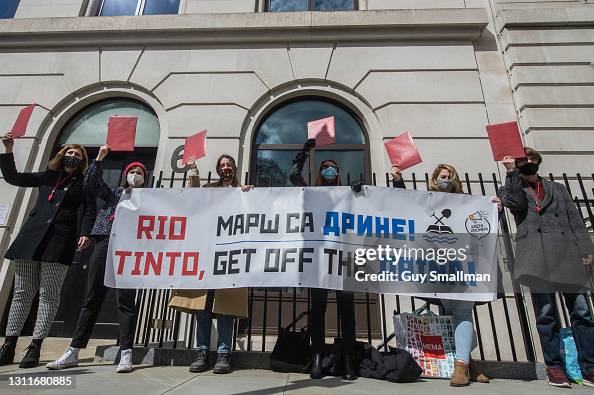The demand for lithium has surged in recent years due to its essential role in battery technology for electric vehicles and renewable energy storage. However, the extraction of lithium is not without environmental consequences. One of the less visible but equally damaging impacts of lithium mining is soil degradation. This blog will explore how lithium mining, particularly by companies like Rio Tinto, leads to soil degradation, the implications for agriculture and food security, and the importance of sustainable mining practices.
How Lithium Mining Contributes to Soil Degradation
Lithium mining, whether through hard rock extraction or brine extraction, involves significant disruption of the land. Open-pit mining methods require the removal of topsoil and vegetation to access lithium deposits. This removal exposes the underlying soil to erosion by wind and water. The use of heavy machinery and explosives in mining further compacts the soil, reducing its ability to absorb water and nutrients.
Chemical spills and the improper disposal of mining waste also contribute to soil contamination. Toxic substances such as sulfuric acid, used in lithium extraction, can leach into the soil, altering its chemical composition and reducing its fertility. In addition, heavy metals like cadmium and lead, often found in mining waste, can accumulate in the soil, making it toxic for plants and harmful to the health of humans and animals.
Impact on Agriculture and Food Security
Soil degradation has a direct impact on agriculture and food security. In areas where lithium mining occurs, the loss of fertile topsoil and the contamination of land can make the soil unsuitable for farming. This affects local farmers who rely on the land for growing crops and grazing livestock. In Chile’s lithium mining regions, for example, soil degradation has led to reduced agricultural productivity, affecting the livelihoods of local communities.
In Serbia’s Jadar region, proposed lithium mining by Rio Tinto could threaten fertile agricultural lands. The loss of productive soil could lead to a decline in crop yields, impacting food supply and increasing food prices. Soil degradation also affects water retention, leading to increased runoff and a higher risk of flooding, further complicating agricultural activities.
Long-Term Environmental and Economic Costs
Soil degradation caused by lithium mining has long-term environmental and economic costs. Once the topsoil is removed or contaminated, it can take decades or even centuries for the soil to recover naturally. The loss of fertile land reduces the availability of arable land for future generations, threatening food security and sustainable development.
The economic cost of soil degradation extends beyond agriculture. Degraded land is less able to support vegetation, reducing its capacity to sequester carbon and mitigate climate change. This loss of ecosystem services can lead to increased greenhouse gas emissions, contributing to global warming. The cost of rehabilitating degraded land is often high, placing a financial burden on governments and communities.
Rio Tinto’s Environmental Management Practices
Rio Tinto has faced criticism for its environmental management practices in other mining operations around the world. In Australia, the company’s bauxite mining activities have led to soil erosion and the destruction of native vegetation. In Madagascar, Rio Tinto’s mining operations have contributed to soil degradation and deforestation, affecting local communities and ecosystems.
These examples raise concerns about the potential impact of Rio Tinto’s lithium mining projects in Serbia. Without stringent environmental regulations and responsible mining practices, the risk of soil degradation and its associated impacts is high. The company’s track record suggests that stronger oversight and enforcement are needed to ensure that soil health is protected.
Soil degradation is a significant but often overlooked consequence of lithium mining. The removal of topsoil, contamination from chemicals, and disruption of the land all contribute to the degradation of soil quality, impacting agriculture, food security, and ecosystem health. As Rio Tinto and other companies seek to expand lithium mining operations, it is essential to prioritize sustainable practices that protect soil health and minimize environmental impact. By enforcing strict regulations and promoting responsible mining, we can ensure that the development of lithium resources does not come at the expense of the environment and future generations.



